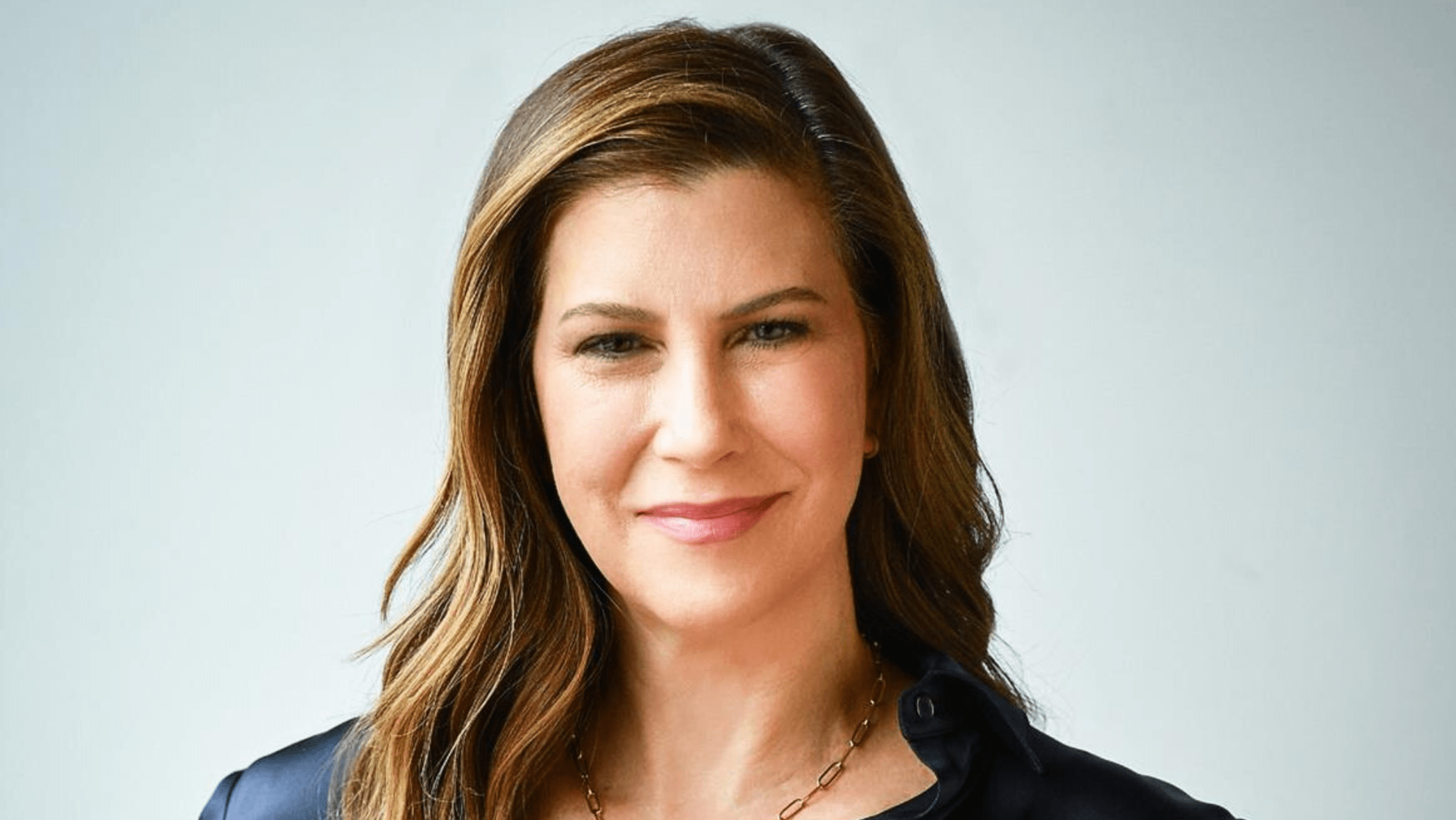[vc_row][vc_column][vc_column_text]The great resignation. Burnout. Quiet quitting. Ageism. Sexism. Lisa LaFlamme. There’s been an explosion of discourse around work-related themes this year, such as , especially as Canadians return to their workplaces. For many, there is a sense that these themes are coincidental in their appearance and timing. In truth, these discussions all weave together, pointing to a shift in the dynamics between employer and employee relationships in the wake of the pandemic. Take, for instance, the recent conversations around Lisa LaFlamme’s termination and the notion of quiet quitting.
On the surface, these seem like unrelated discussions. One focuses on the ways in which age and gender may intersect to impact women’s careers. The other sheds light upon employees establishing boundaries around their work time and load; ceasing to go above and beyond what is required in their job descriptions.
The phrase “quiet quitting” suggests an abandonment of duties, even though for most proponents, it’s more about setting clear boundaries and taking one’s foot off the gas in the context of widespread burnout. Quiet quitting can also be viewed as a political response to exactly the kind of workplace norms and expectations that ultimately led to LaFlamme’s ousting.
Sociologist Allison Pugh has discussed the “one-way honour system” that exists between employers and employees, whereby intense loyalty and dedication is expected of employees, but not always reciprocated by their employers. This expectation is culturally normative: workers are expected to be “ideal,” to demonstrate high commitment and uninterrupted availability, and to show undivided loyalty towards their jobs. However, in many circumstances, there is a limited commitment on the part of employers toward their workforce.
RELATED: Navigating the Confidence Gap for Women in the Corporate World
Lisa LaFlamme would seem to embody this. She reached the pinnacle of her career, received prestigious journalism awards, and was named to the Order of Canada. She appeared to be at the top of her game—the ideal employee—and yet, she was ousted possibly, or at least in part, because she stopped colouring her hair.

Workers see cases like LaFlamme’s, and others, and increasingly understand the gender and age biases that continue to impact organizations. They see the flawed logic of the one-way honour system and the unfortunate truth that even the many dedicated women workers experience unfair treatment and are often held to a separate standard from their male counterparts. It should come as no surprise when many finally make the decision to downshift.
LaFlamme’s situation, in a sense, becomes an inadvertent warning to all those dedicated, highly committed workers—women in particular—coming down the pipe. Her experience isn’t removed from, but rather ties into, the broader zeitgeist. Employees see what unfolded and connect her situation to their own working lives: If gender and age bias can affect the preeminent amongst us, what does that mean for me? Enter: quiet quitting.

By preserving one’s dignity, health, and well-being in the context of ongoing burnout, we challenge employer bias and discrimination, as well as the one-way honour system which continues to characterize so much of the employee-employer relationship. The good news is that workplaces can choose to take action and quietly quit the practices that have led to quiet quitting in the first place. And in so doing, honour the legacy of countless women who have been pushed out of the workplace because of bias.
So, where do we go from here? We have before us an opportunity to reshape our workplaces and corporate cultures—to prioritize wellness and work-life balance, and put an end to burnout, ageism, and sexism. Employers who embrace change—with emphasis on equity, diversity and inclusion—will come out ahead.
Lara Zink is the president and CEO at WCM (Women in Capital Markets) and Natasha Stecy-Hildebrandt, PhD is the Senior Research Director. More information about the organization is available at wcm.ca.













